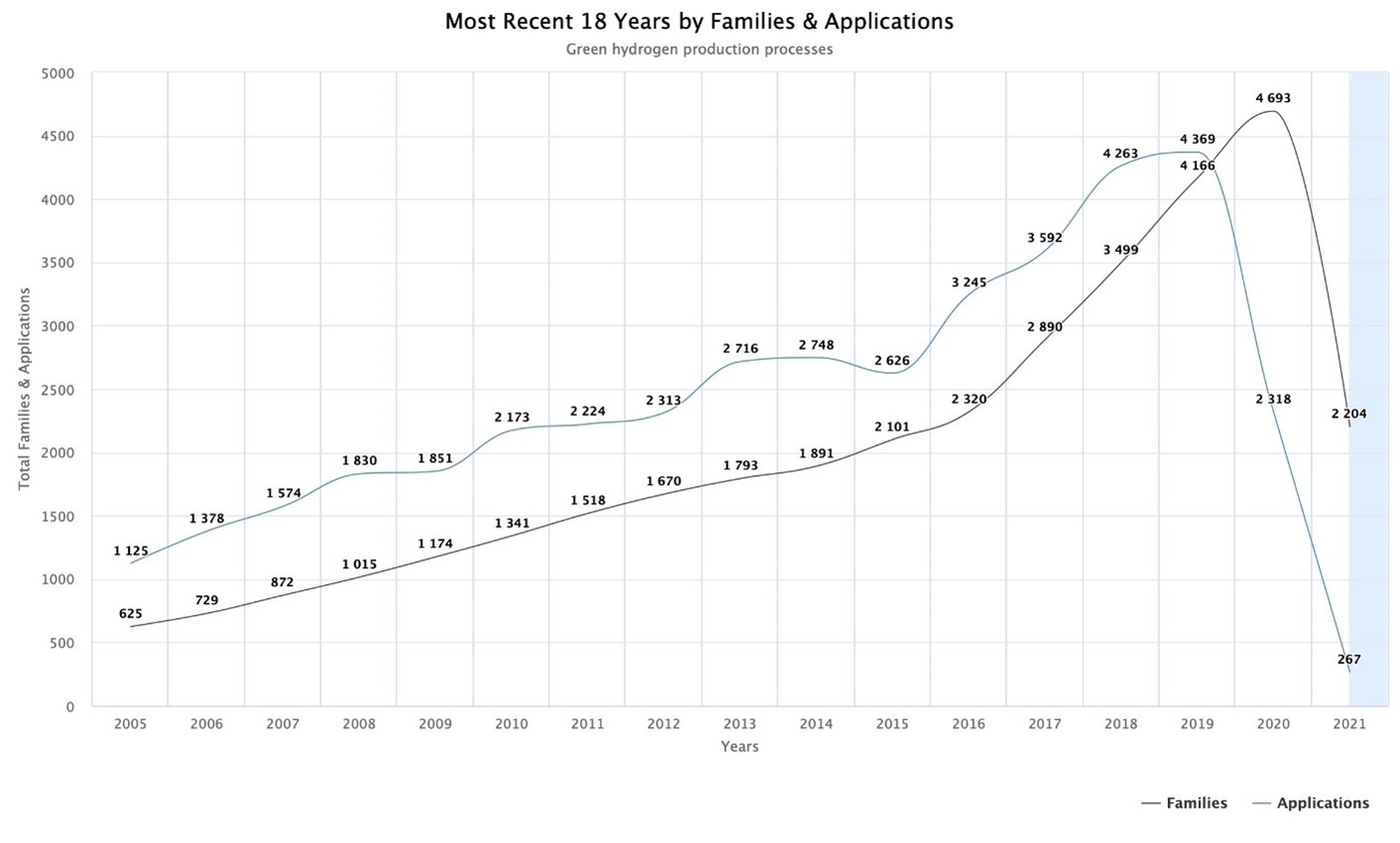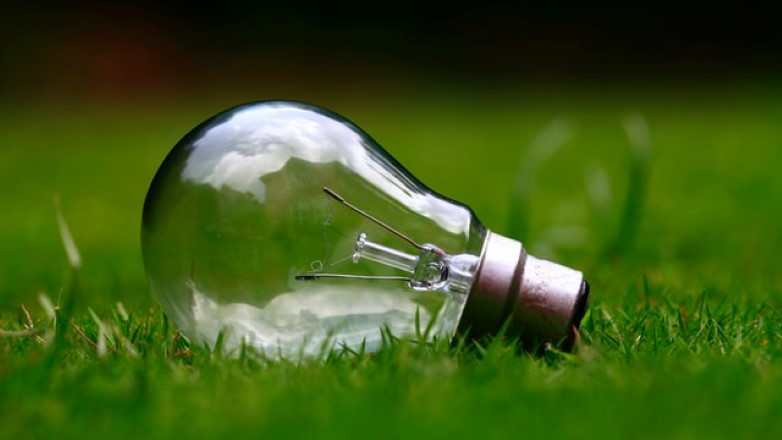Green hydrogen: the future of energy?
Modern society relies heavily on electricity and requires an increasing number of watts to function. The International Energy Agency (IEA) predicted in their 2019 report that global energy demand will increase between 25% and 30% by 2040. Considering how reliant we are on oil and coal, this would increase CO2 emissions thus exacerbating climate change. With this in mind, innovators are turning their attention to more sustainable and environmentally friendly solutions such as green hydrogen. The new German Ambassador to the UK, Miguel Berger, who was previously the State Secretary of the Federal Foreign Office in Berlin, stated at the Hydrogen for Life 2022 conference that it is crucial we speed up the efficiency of renewable energy, including hydrogen in order to move away from fossil fuels. He also spoke about the potential for Germany and the UK to work together in this area to develop and implement new, innovative solutions more quickly. Let’s take a closer look at what green hydrogen is and the different areas of innovation.
What is green hydrogen?
Green hydrogen is based on the generation of hydrogen through a chemical process known as electrolysis and the production involves using renewable energy to carry out the electrolysis of water (H2O) to give H2 and O2. Currently, only 2% of global hydrogen is green hydrogen but driven by the desire to decarbonise the global economy, demand has increased dramatically driving innovation in this area.
The IEA pointed out that using green sources of energy to produce hydrogen would save 830 million tonnes of CO2 that are emitted annually when produced using fossil fuels. For green hydrogen to be economically viable and be implemented on a global scale there is a need to reduce the cost of electrolysis. With the development of hydrogen technologies particularly important for sustainable aviation, let’s take a look at some of the areas of innovation.
Areas of innovation
There have been over 10,000 patent families published in the area of water electrolysis between 2005 and 2020, with patent filings increasing by 18% year on year during this period. In 2020 the number of patents related to water electrolysis was double the number relating to methods of producing grey hydrogen from coal and oil-based hydrogen sources, demonstrating the increasing interest in green hydrogen innovation.
The highest numbers of patent applications were from China, Japan, South Korea, USA, Germany and France, with Japanese company Toshiba coming out as the top applicant overall. The EPO has defined 6 key sub-technology areas, one of which encompasses the hydrogen production processes.
The EPO’s report found that in 2020, 375 international applications were published relating to water electrolysis, compared to 294 for hydrogen production from liquid hydrocarbons and only 14 for solid hydrocarbons. This appears to point to the continued trend in innovation in this area moving away from fossil fuels. You can find the EPO’s complete report analysing each sub-technology area here.

Chart visualising the number of patent families and patent applications for green hydrogen production processes published between 2005-2020 (source: PatBase Analytics).
Although there is still room and the need for innovation around the green hydrogen space, especially concerning ways to improve efficiency and reduce costs, patent trends appear to point to continued development in this space. If these issues can be resolved green hydrogen could well be the energy of the future that will help us meet our electricity needs in a sustainable way.
Fast-changing technology spaces like these require innovators to be aware of changes as they happen. Minesoft’s PAIR Alerts allow innovators to stay ahead of the competition by monitoring file histories, transaction histories and continuity data for US and international file histories and receive alerts on a daily, weekly, monthly or quarterly basis. For more information visit our website or contact [email protected].

